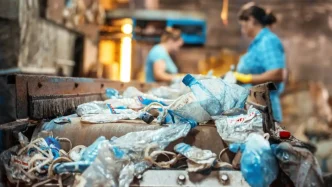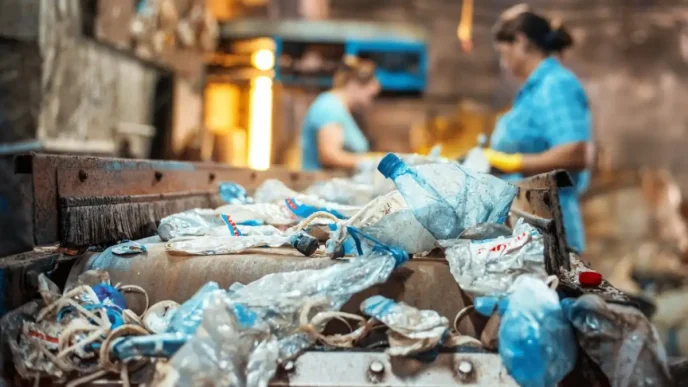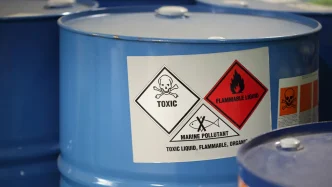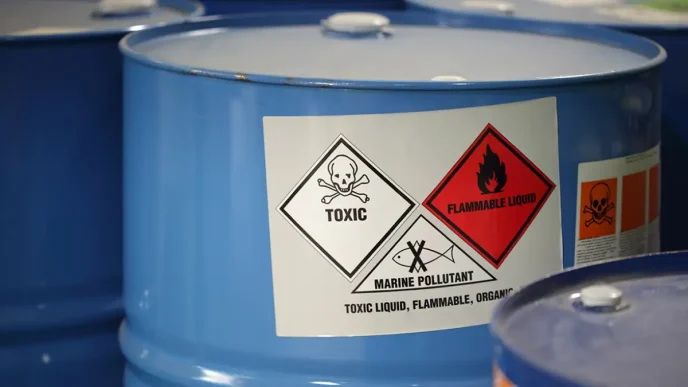In the tranquil waters of Nha Trang Bay, a quiet revolution is unfolding beneath the waves. For the first time in Vietnam’s history, a team of dedicated scientists from the Vietnam-Russia Tropical Centre has successfully collected coral gametes—eggs and sperm—from wild corals, marking a pivotal moment in the fight to save the nation’s dwindling reefs. This breakthrough, achieved after months of gruelling night dives and meticulous observation, offers a glimmer of hope for marine ecosystems battered by climate change, pollution, and overfishing.
The milestone, recorded on 30 April 2024, is more than a scientific triumph; it represents a shift towards sustainable coral restoration in Vietnam, a country whose coastal biodiversity supports millions of livelihoods. With coral reefs often dubbed the ‘rainforests of the sea’ for their role in nurturing marine life, their decline poses a dire threat to food security and tourism. The team’s success in capturing the fleeting moment of coral spawning—a synchronised release of gametes triggered by lunar cycles or water temperature—could pave the way for large-scale reef regeneration.
A Race Against Time
Vietnam’s coral reefs, stretching along its 3,260-kilometre coastline, have faced relentless degradation. Rising sea temperatures, ocean acidification, and destructive fishing practices have left vast swathes of once-vibrant reefs as ghostly skeletons. Historically, restoration efforts in Vietnam have relied on asexual reproduction, a process known as coral fragmentation. This involves breaking off small branches from healthy coral colonies and transplanting them to damaged areas, where they can grow and expand coverage.
While fragmentation is straightforward and yields quick results—each fragment, typically one to three centimetres, can multiply reef coverage by up to six times—it has significant limitations. “Not all coral species are suitable for fragmentation,” explained Võ Sỹ Tuấn, a marine ecology expert. “And since each fragment is genetically identical to its parent, there’s no diversity to help reefs adapt to changing conditions.” This lack of genetic variation leaves reefs vulnerable to mass die-offs during environmental shocks, such as heatwaves.
Transporting fragments also carries risks. “If conditions aren’t optimal, transplanted corals can die from stress,” said Nguyễn Văn Long, head of the Aquatic Resources Department at the Institute of Oceanography. These challenges have pushed scientists to explore sexual reproduction, where sperm and eggs from different colonies combine to create genetically diverse offspring, better equipped to withstand threats like climate change.
Capturing a Fleeting Miracle
Sexual reproduction in corals is a natural spectacle, but one that demands extraordinary patience and precision to harness. Most coral species spawn just once a year, releasing eggs and sperm into the water in a synchronised event often lasting mere minutes. “If the release isn’t simultaneous, fertilisation rates plummet as currents sweep the gametes away,” said Đặng Đỗ Hùng Việt, a researcher on the team. “Corals have evolved mass spawning to maximise success.”
For the Nha Trang team, capturing this event meant hundreds of night dives under challenging conditions. With boats unusable during low tides, researchers swam long distances to reach spawning sites, battling unpredictable currents. “We monitor from 6pm to 10pm for days on end, knowing that missing the moment by minutes means waiting another year,” said Hoàng Ngọc Lâm, a team member who endured 10-day stints of surveillance.
Their persistence paid off when they witnessed and recorded spawning on 30 April 2024—a date when much of Vietnam was celebrating a national holiday. “While others rested, we were diving,” Việt recalled. “Seeing eggs float to the surface, some pink, some yellow or white, was magical. We were ecstatic after sleepless nights.” The collected gametes were later separated and cross-fertilised in a lab to prevent inbreeding, a process guided by natural genetic barriers.
Why Genetic Diversity Matters
Unlike fragmentation, sexual reproduction introduces genetic diversity, a critical factor in building resilient reefs. Once fertilised, coral zygotes develop into floating larvae for one to three weeks before settling on suitable substrates to form juvenile corals. This diversity enhances adaptability, helping future generations cope with warming seas, acidification, and diseases—challenges that have intensified with climate change.
Globally, sexual reproduction techniques have shown promise in countries like Australia, Japan, and Germany, where lab-bred corals are used to repopulate degraded reefs. Vietnam’s entry into this field is a significant step, though not without hurdles. Spawning times are notoriously unpredictable. “This year’s timing won’t necessarily repeat next year,” Nguyễn Văn Long noted. “Once, a colleague waited underwater for an hour with no activity, only to miss the spawning just after surfacing.”
Despite these challenges, the team is optimistic. With initial samples secured, they aim to refine breeding techniques ahead of the next spawning season in March 2026. “Our goal is to produce coral stock for large-scale restoration,” said Đinh Thị Phương Thúy, a researcher involved in the project.
A Call for Awareness
Beyond the scientific achievement, the Vietnam-Russia Tropical Centre hopes their work will inspire broader action. “We want people to understand the value of reefs and the effort it takes to restore them,” said Nguyễn Như Hưng, coastal branch director at the centre. Coral reefs are not just biodiversity hotspots; they act as natural barriers protecting coastlines from erosion and storms, while supporting fisheries that feed millions.
For researchers like Việt, the mission is personal. “If corals disappear, the ocean floor turns barren, and all life vanishes,” he said. “That’s what drives me to protect these reefs.” Their work in Nha Trang Bay is a reminder of the delicate balance sustaining marine ecosystems—and the extraordinary lengths to which scientists must go to preserve it.
As climate change tightens its grip, Vietnam’s coral restoration efforts offer a blueprint for other nations in South East Asia grappling with similar losses. While the road ahead is long, this breakthrough in Nha Trang Bay signals that even in the face of environmental crisis, innovation and determination can light the way.














